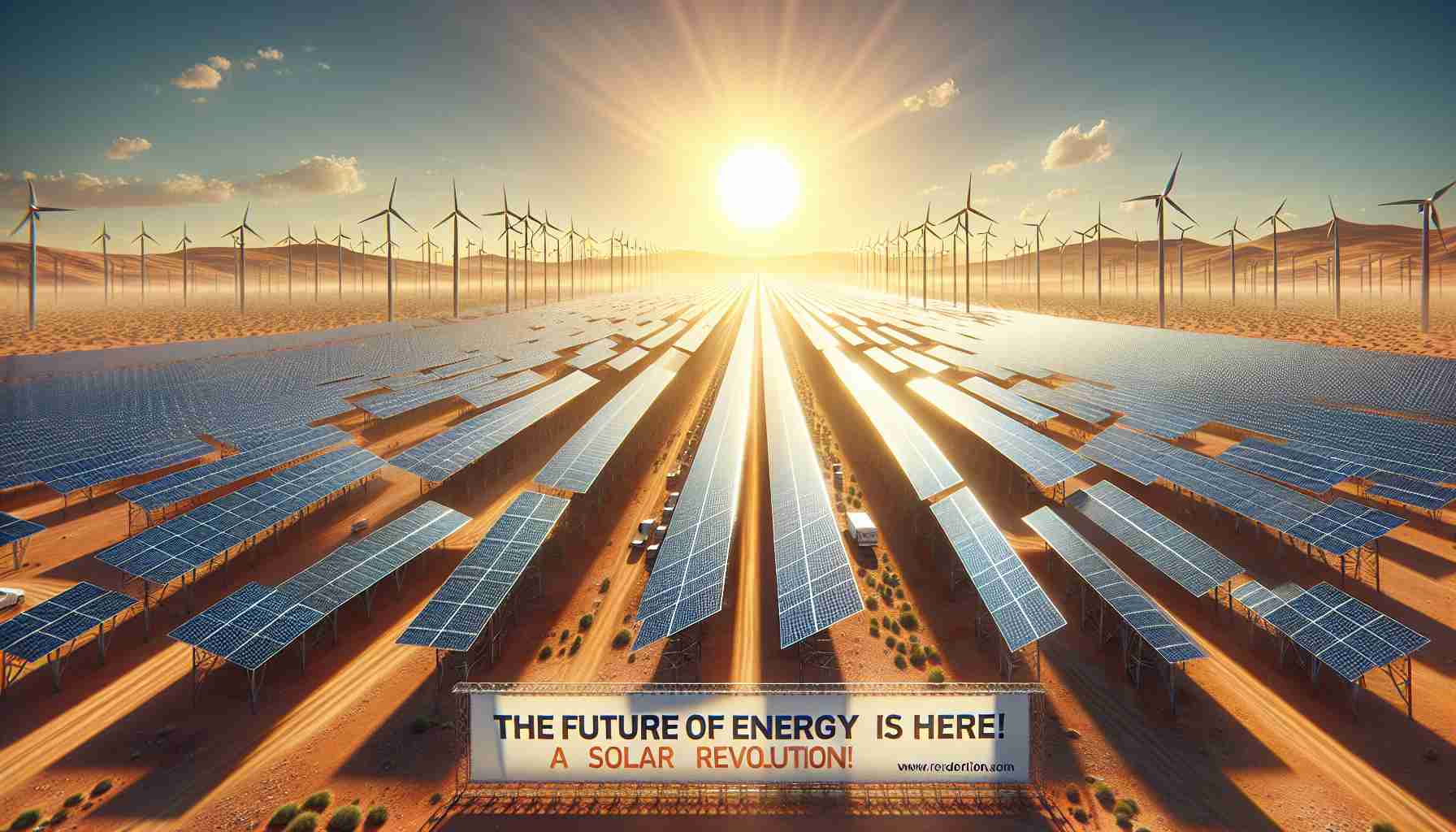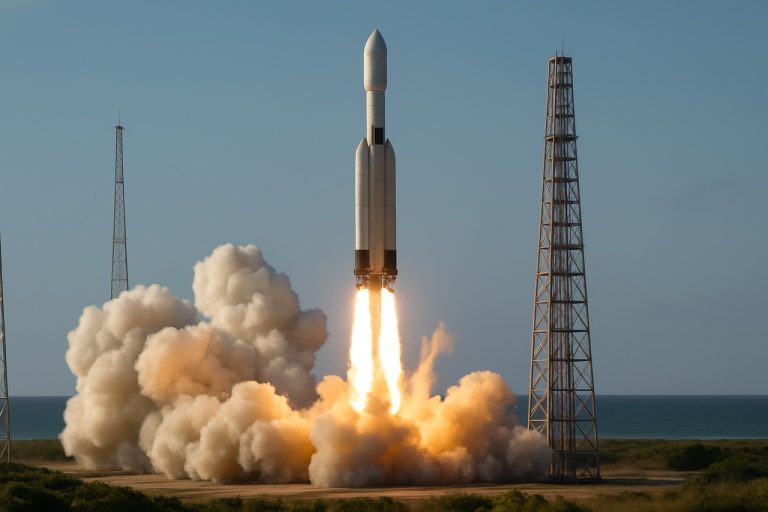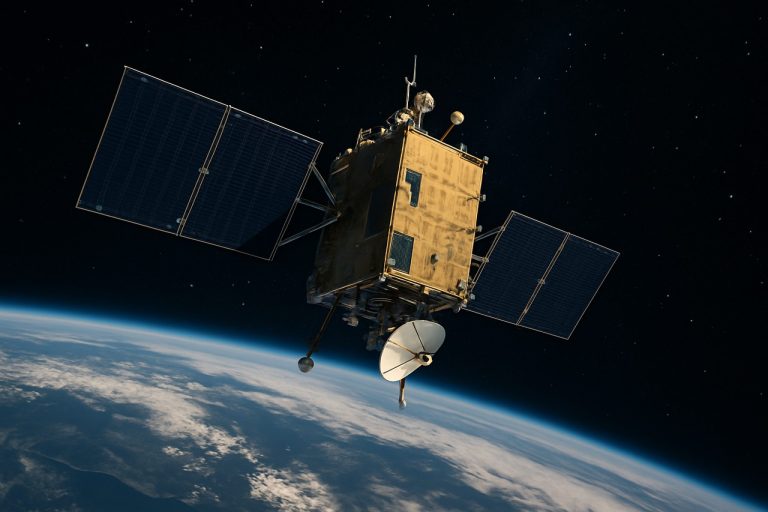
Transforming a Wasteland into a Renewable Energy Hub
China is leading a remarkable transformation in the Kubuqi Desert, located in Inner Mongolia, by establishing a large-scale solar energy project known as the “Solar Great Wall.” This groundbreaking initiative is set to convert the desolate landscape into a renewable energy leader, with plans to supply power to Beijing by 2030.
The ambitious “Solar Great Wall” will stretch approximately 400 kilometers in length and 5 kilometers in width, boasting an impressive peak capacity of 100 gigawatts. Currently, around 5.4 gigawatts of solar power have already been installed, taking advantage of the region’s sunny weather and flat land, which are ideal for solar energy generation.
In addition to energy production, this project promises significant environmental benefits. It is anticipated to mitigate desertification by stabilizing sand dunes and reducing wind erosion. The raised solar panels will create shaded zones, which could help enhance crop growth by decreasing evaporation rates underneath.
As of June 2024, China has emerged as a global leader in solar capacity, controlling 51% of the world’s total operational solar energy, far surpassing competitors like the United States and India. One standout feature in this desert solar farm is the Junma Solar Power Station, famous for its striking solar panel design resembling a galloping horse, generating enough electricity for hundreds of thousands of homes annually.
In summary, China’s “Solar Great Wall” embodies a visionary step towards a sustainable energy future, with potential benefits extending far beyond mere electricity generation.
China’s Solar Great Wall: A Revolutionary Leap in Renewable Energy
Transforming a Wasteland into a Renewable Energy Hub
China is making headlines with its ambitious “Solar Great Wall” project, a transformative endeavor poised to convert the Kubuqi Desert in Inner Mongolia into a leading renewable energy center. This extensive solar energy initiative not only aims to produce substantial electricity but also addresses critical environmental challenges.
Key Features of the Solar Great Wall
– Scale and Capacity: The Solar Great Wall spans roughly 400 kilometers in length and 5 kilometers in width, with a target peak capacity of 100 gigawatts. Currently, the installed solar capacity stands at 5.4 gigawatts, a number expected to grow significantly.
– Environmental Benefits: Beyond energy generation, the project is designed to combat desertification. By stabilizing sand dunes and minimizing wind erosion, the raised solar panels help create shaded areas, potentially improving soil moisture and fostering crop growth. This dual benefit reflects an innovative approach to resource management.
– Technological Innovations: The project employs advanced photovoltaic technology, enhancing energy efficiency and output. The Junma Solar Power Station, a notable aspect of the project, features solar panels designed to mimic the motion of a galloping horse—an artistic representation that also serves as a functional energy generator, supplying power to hundreds of thousands of homes annually.
Market Analysis and Global Leadership
As of mid-2024, China holds an impressive 51% of the world’s operational solar energy capacity, highlighting its position as the global leader in renewable energy. This dominance poses a significant competitive edge over nations like the United States and India, which are investing heavily in solar technologies but currently lag in total capacity.
Sustainability and Future Prospects
The Solar Great Wall not only contributes to energy goals but also aligns with global sustainability initiatives. As countries worldwide intensify their focus on renewable energy, China’s model serves as a blueprint for large-scale solar projects. The integration of ecological preservation within energy production could drive the global narrative towards sustainable development.
Conclusion
In conclusion, the “Solar Great Wall” is more than just a monumental solar installation; it stands as a testament to China’s commitment to renewable energy and environmental restoration. The project embodies a future where energy production is harmoniously intertwined with ecological stewardship, setting a powerful example for countries around the globe.
For more insights on renewable energy initiatives, visit Reuters.



